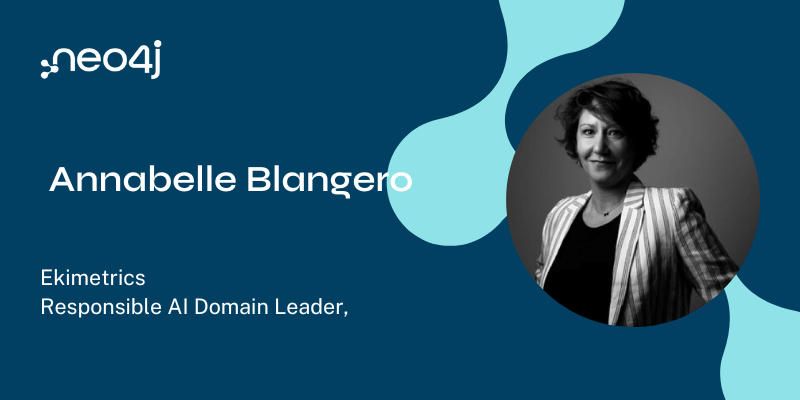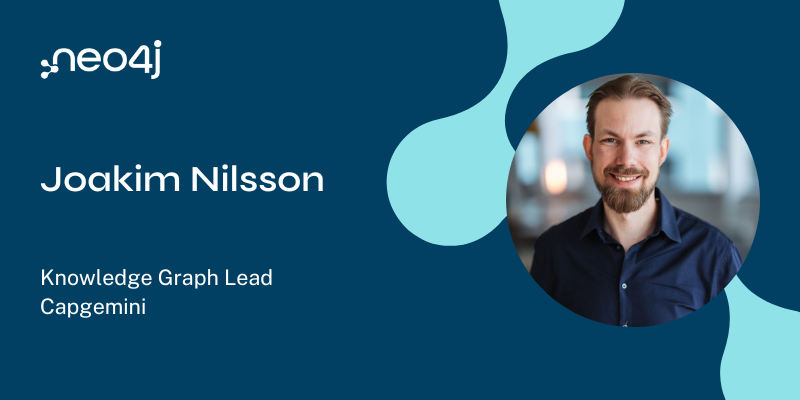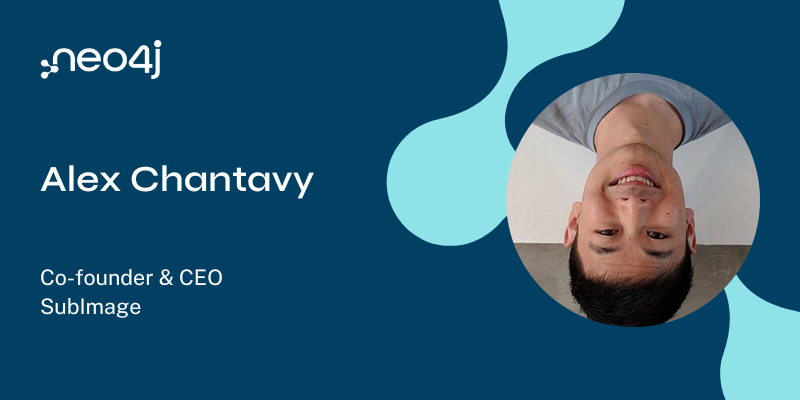This Week in Neo4j – Images and Wikipedia Data with GraphQL, Neo4j.Driver.Extensions, Link Prediction with AutoML

Developer Relations Engineer
3 min read
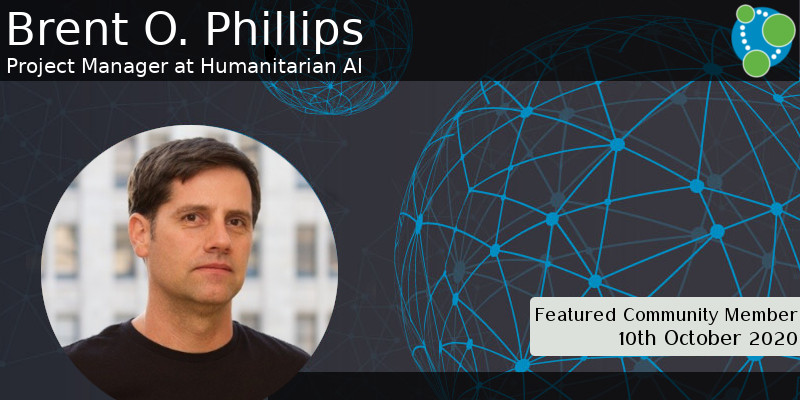
Hi everyone,
I hope you all had a good week. There’s now only one week until NODES 2020, so it’s probably time to work out what talks you’re going to attend. And this week we have virtual training sessions for the Neo4j Certified Professionals.
Our video this week is from Will Lyon’s Building A Travel Guide With Gatsby, Neo4j, and GraphQL series.
Rik Van Bruggen explores the FinCEN Files using Apache Zeppelin, Bert Radke explores Twitter data with Vue.js and the GRANDstack, and Chris Skardon released Neo4j.Driver.Extensions.
Featured Community Member: Brent O. Phillips
This week’s featured community member is Brent O. Phillips

Brent O. Phillips – This Week’s Featured Community Member
Brent has been a graph enthusiast in the Neo4j community for a couple of years. He is the organizer of Humanitarian AI. Humanitarian AI is a collective group of meetups, a podcast series, and an open-source initiative.
The groups are interested in connecting AI developers and humanitarian actors. Members also have the opportunity to work on volunteer projects, developing training datasets, algorithms, and prototype applications useful to the humanitarian community.
Cool right?
Brent is also a community partner for NODES 2020. On behalf of the Neo4j community, thanks for all your work Brent!
Images and Wikipedia Data with GraphQL
Our video this week comes from Will Lyon’s Building A Travel Guide With Gatsby, Neo4j, and GraphQL series.
In the video, Will shows 2 different ways to add custom logic in Neo4j GraphQL, adding images of our points of interest from the Mapillary API and then adding data from Wikipedia.
Using Apache Zeppelin with Neo4j to analyse the FinCEN Files
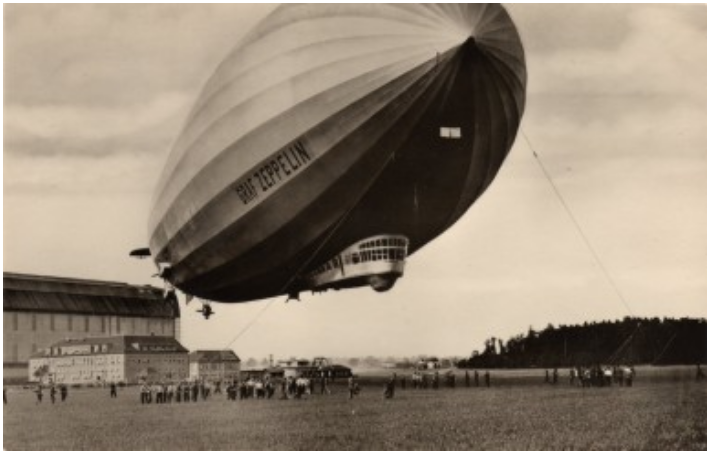
FinCEN files is an ICIJ investigation into the role of global banks in industrial-scale money laundering.
In Rik Van Bruggen’s latest blog post, he shows how to explore the data using the FinCEN sandbox, Apache Zeppelin, and Neo4j.
Exploring Twitter data with Vuejs and GRANDstack

Bert Radke has written a blog post showing how to build an app to explore his twitter data, using Vue.js, Neo4j, and GraphQL.
Bert generates the GraphQL schema from existing data, tweaks it to deal with an issue with Tweet ids, and adds an extra attribute using a Cypher directive. He then adds authentication to the GraphQL API using AWS Cognito, before a Vue front end.
Link Prediction with AutoML, Testing Nest.js applications, Covid-Graph on The Andy Show

- We added a new Graph Data Science developer guide showing how to solve a link prediction problem using the GDS Library and SageMaker Autopilot, the AWS AutoML product.
- Emil Eifrem, Neo4j’s CEO, was part of a panel at the virtual SaaStr Annual conference. Emil and his co-panellists gave their opinions on paradigm shifts and the future of data infrastructure.
- Adam Cowley shows us how to test our Neo4j-based Nest.js applications using unit tests and End-to-End testing.
- I missed this one, but a few months Dr Alexander Jarasche was interviewed about the Covid-Graph project on The Andy Show.
Using Neo4j.Driver? Now you can EXTEND it!

This week Chris Skardon released Neo4j.Driver.Extensions, a library that makes the Neo4j .NET Driver easier to use. It does this by removing the boilerplate that you normally need to write.
In the blog post, Chris takes us through the various functions that the library provides to do this.
Tweet of the Week
My favourite tweet this week was by M. David Allen:
Playing with sparky graphs, or graphyspark, or something like that today #Spark #neo4j
User-defined functions with graph lookups in spark pic.twitter.com/frupOcGtnS
— M. David Allen (@mdavidallen) October 7, 2020
Don’t forget to RT if you liked it too!



